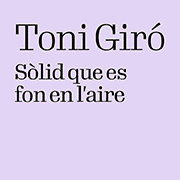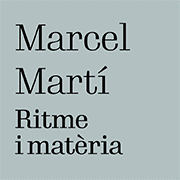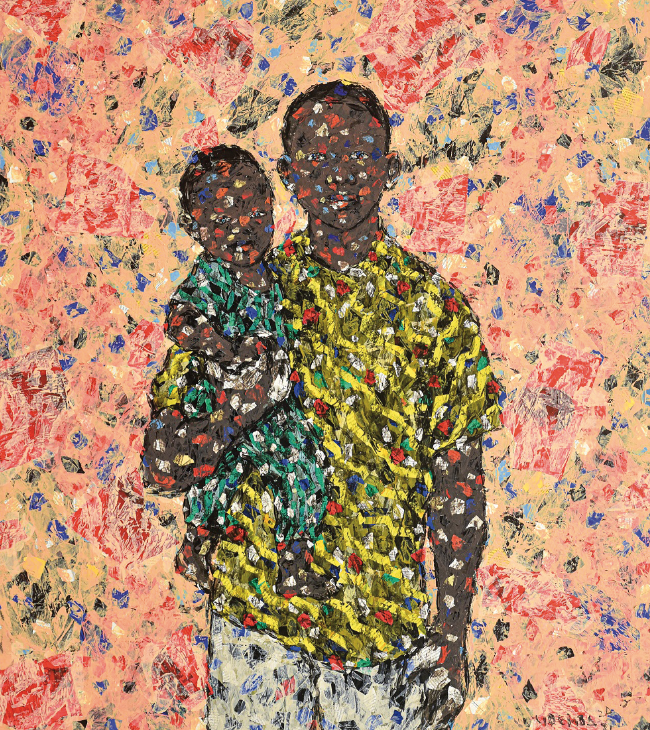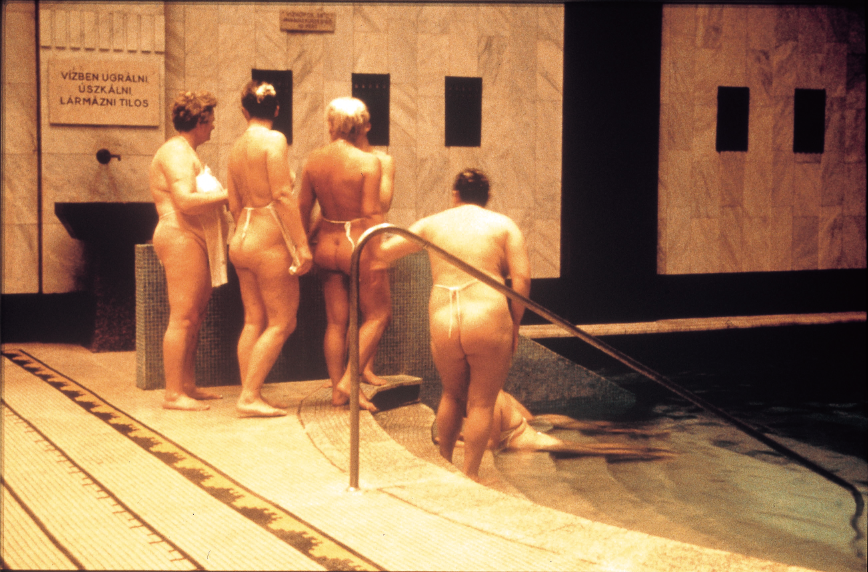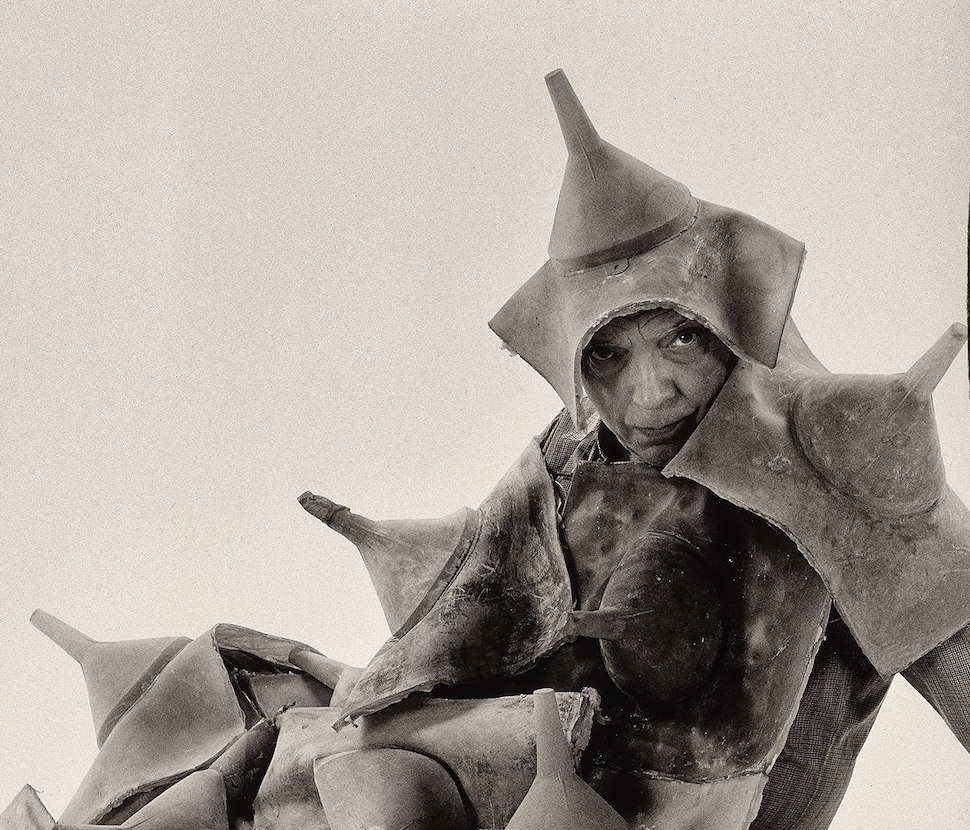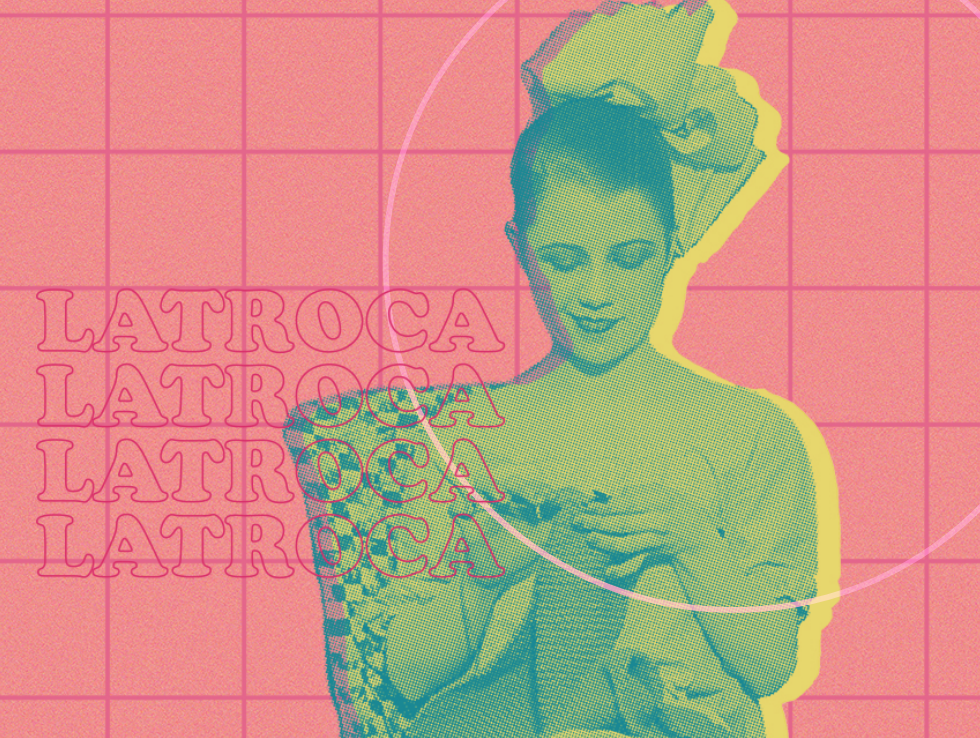Exhibitions
Joan Rom returns to his place
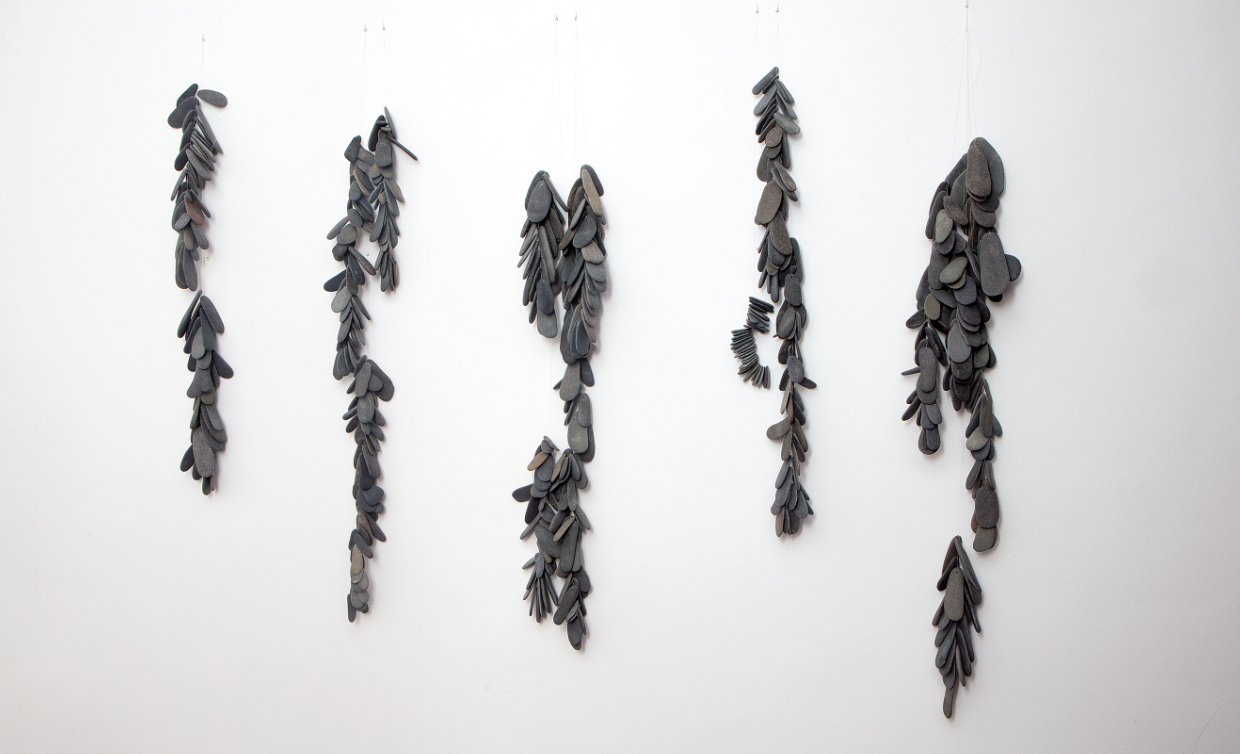
The MAMT (Museum of Modern Art of Tarragona) organizes the first solo exhibition of Joan Rom after 24 years. In The place , curated by Marc Navarro, Joan Rom breaks the "artistic" silence with the forcefulness of her sculptural three-dimensionality.
There are silences that, against all odds, are more performative than most actions. Silences, to give the most famous example, like that of Hofmannsthal (transmuted into the imaginary figure of Lord Chandos), a writer who decided to abandon the pen because he was totally "unable to write or speak coherently about anything". There is also Wittgenstein's well-known philosophical recommendation: "What cannot be spoken about, one must keep silent." Or, closer to us, the artistic silence that Joan Rom (Barcelona, 1954) has maintained since the end of the nineties and until recently. The reason, almost prosaic, is still heroic in a historical moment, ours, where hasty action (along with compulsive action and obsession with productivity) seems to have replaced any modality of leisurely reflection, including there is the healthy boredom (that oceanographic tedium praised by Eugeni d'Ors): "If I stopped exhibiting - Joan Rom explained to us not long ago in his Camp de Tarragona refuge - it is because I had the feeling that I had said everything what could he say or, even more, because he had nothing more to say."
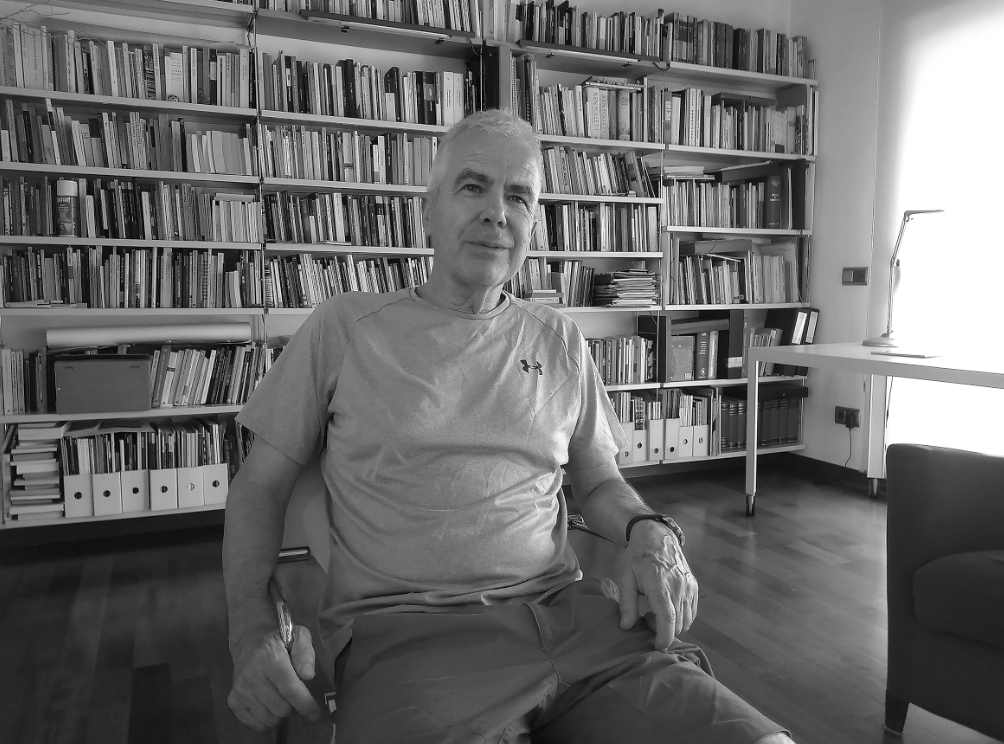 Foto: Eudald Camps
Foto: Eudald Camps
The silence of coherence.
Silence, the result of consistency, therefore, which could only be broken from another consistency, namely, that of wanting to resume the path with the renewed gaze and experience provided by two decades of observing, from the outside, the artistic arena: "I think that if I was able to distance myself all this time from the world of art, it is thanks to the fact that I never saw my creative activity as a career." It goes without saying that this gesture by Rom (let's call it "step aside") must have generated a lot of surprise and a lot of misunderstanding, especially on the part of those who make a living from the marketing of works and, in general, from a market that, like the rest of the markets, the loss of assets suffers very badly, even more so when they disappear without much explanation. As far as we are concerned, Joan Rom has also been able to expose the bad habit exhibited to the point of paroxysm by a large part of art criticism consisting of ascribing, often based on formidable generalizations, any artist to one school or another ( trend, "ism", family, you name it). Well this: the critic finds in authors like Joan Rom the worst possible obstacle, that is, embodied by someone who, thanks to the fact of having a powerful intuition (something much more valuable than any concept), would have anticipated with the their practical ways of proceeding which, over time (and the consequent institutional filtering), have become more generalized.
By the way, the exhibition he is presenting at the MAMT is called The place . And what is the place of Rome? Well, an intimate but open space that the artist knows how to transfer, by translating it, to the exhibition hall.


